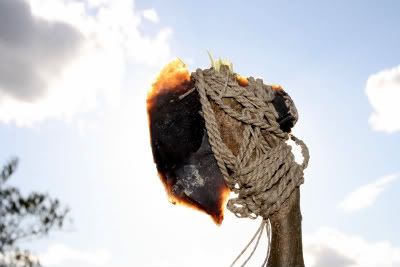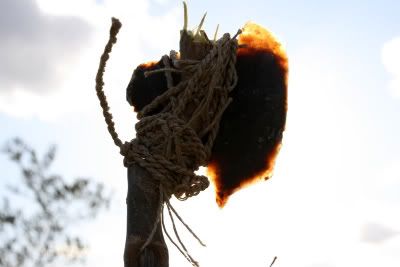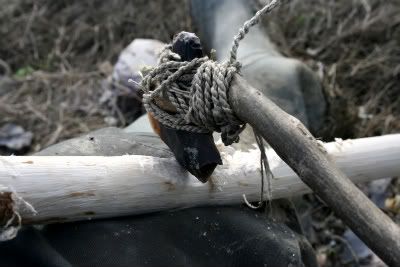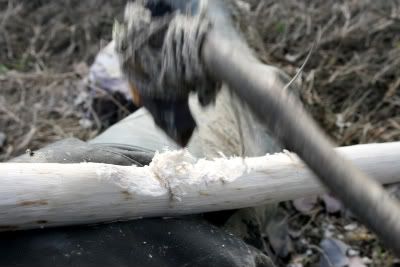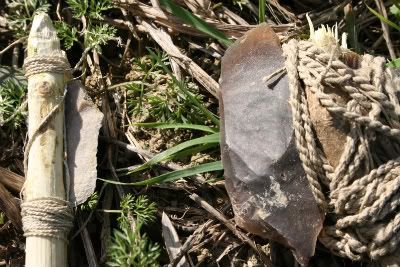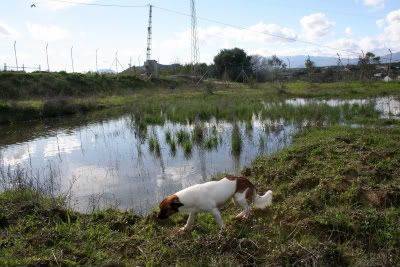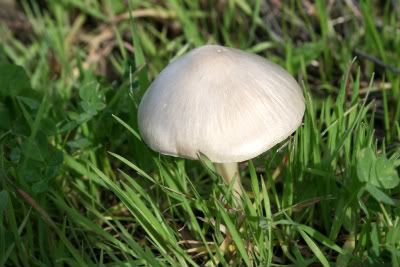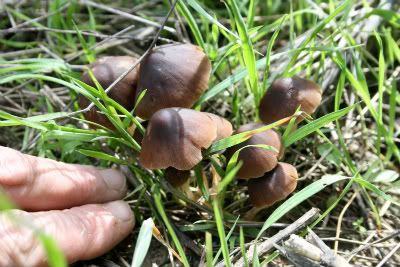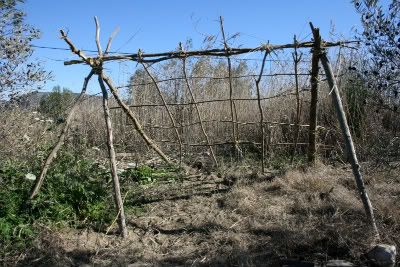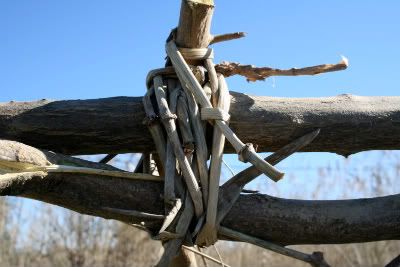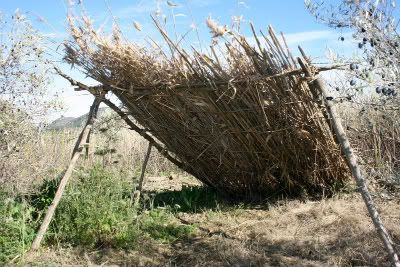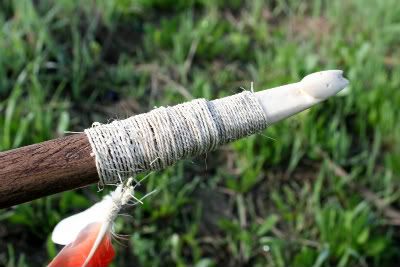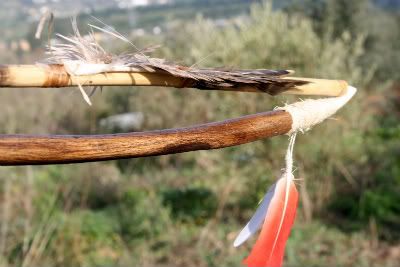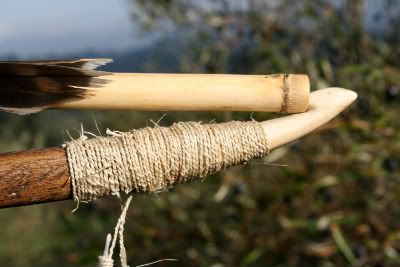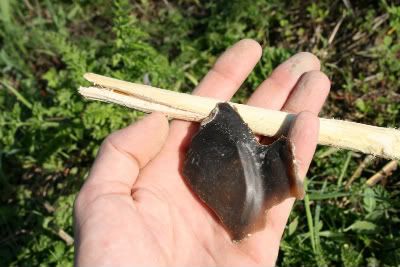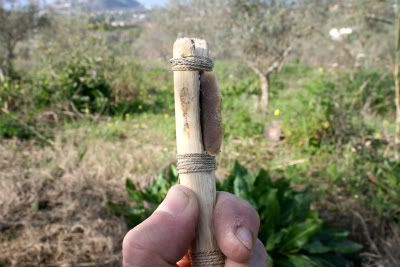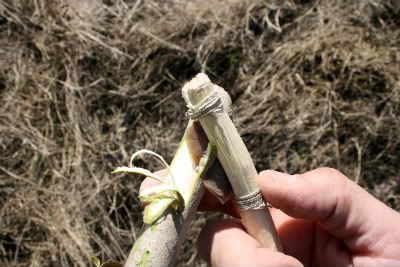Ha llovido muchísimo las últimas semanas. Demasiado para esta zona. Cuando el tiempo ha dado un respiro, es agradable salir y hacer algo fuera.
Al fondo de nuestro terreno, arcilloso e incapaz de absorver tanta agua, se ha formado una pequeña laguna, a la que acuden animales (ranas, garzas, conejos, ratas...) y plantas (esta mañana he descubierto juncos creciendo en ella)
It rainned a lot lately. Too much for this area. When you get a break, it is nice to go outside and do something.
At the botton of our plot; clayey and unable to get that much water, a little pond has been formed, which helps some animals to come around (frogs, herons, rabbits, rats...) and plants (i was glad to see some cattail this morning)
Otras especies que agradecen el agua son las setas y hongos. No sé diferenciar los comestibles de los tóxicos, pero aún así me agrada verlos salpicando el terreno.
Some other wildlife that are happy with the rain are mushrooms. I don´t know the difference between the edible and the toxic ones, but still i like to see them.
Uno de los días en los que el tiempo dió tregua, decidí usar unas ramas de granado y palos de pita que tenía por ahí, para hacer un refugio (muy básico). El problema fué que los palos de pita estaban casi podridos y los use como pilares para aguantar toda la estructura. Con la lluvia, estos terminaron por ceder y el refugio sólo aguantó unos cuantos días, antes de ceder y tumbarse. Pero de todo se aprende. Me gustó sobre todo el hecho de que pude utilizar la misma caña con la que más tarde haría el techado, como cuerda.
One of those days that was a bit sunny i decided to use some pomegranade branches and agave stalks to try to make a (very basic) shelter. The problem was that these were alredy quite old and rotten and i used them as posts to hold the whole thing. With the rain, they ended up giving up and the everything went down. Anyway you always learn from your mistakes and i was glad to discover that i could use the same cane that later wuold be used for roofing the shelter, as cordage.

